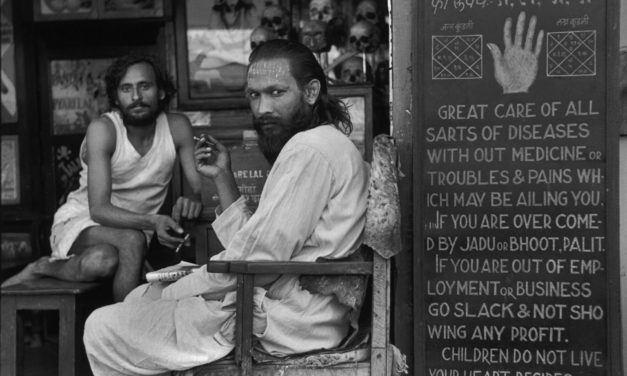The Moral Conundrum of Roy Moore
The Roy Moore scandal makes me sick. Like physically ill, which is surprising, because I’m normally pretty much inured to most things. What nauseates me more is watching people defend Moore, or otherwise express backhanded support for him, such as Alabama Governor Kay Ivey has. Ivey has publicly declared that she believes the women who have accused Moore of misconduct. She also is in power because the previous governor, Robert Bentley, was forced to resign due to his own sex scandal. But Ivey is going to vote for Moore because he’s the GOP candidate. Others have defended Moore by...
Read More



